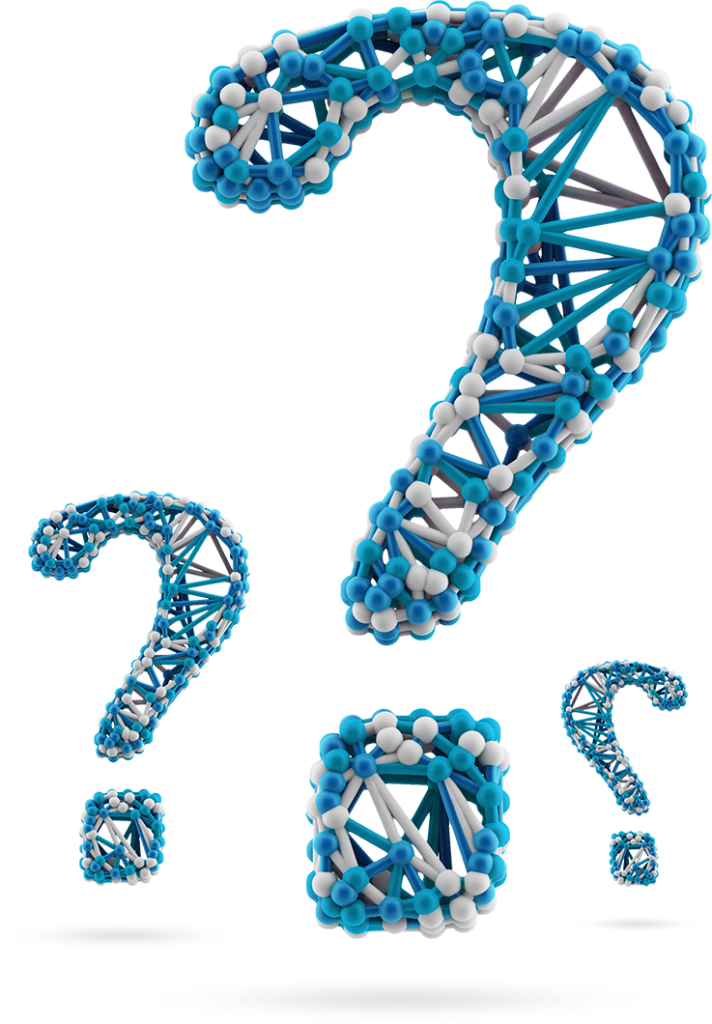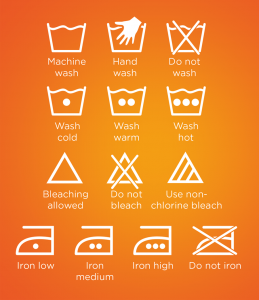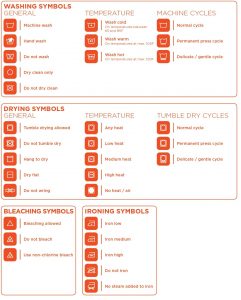Our researchers team have chosen a few of the most asked questions please find them as below:

Got Questions? We’ve Got Answers!
How can I separate the laundry?
When you know how to read the fabric care labels you are going to find the best way to laundry success and great results. To do so you need to start sorting them by:
| Sort By | Purpose |
| Color Shades | The deep colored clothes are highly likely to bleed some dye when they are washed. for this reason, you should separate the lights from darks.
|
| Fabric Weight | Separating the heavier items such as towels from finer fabrics is helping you to prevent any damage may happen to the finer fabrics.
|
| Fabric Type | Try always to separate fabrics with zippers and buttons from others without it, to avoid any damage may happen to the fabrics. |
| Amount of Dirt | Always make sure you wash the very dirty or the stained laundry separately as it may take a longer cycle and this may damage the other fabrics |
What the laundary symbol means?
When it seems like a secret code for most of the people, but actually it is one of the most important notes you need to care about when you are doing your laundry. It is explaining to you when to use the cold or the hot water, or when to use or avoid the bleach, which one should be tumble dry and which one should dry flat.
To know more please check the below picture.
What i should do pre-treat Strains?
It is very important to pre-treat any heavily stained before washing it as it is going to make it easier to clean it out. We are going to help you with several methods our researchers have found you can use:
For Coffee, tea, berry, or sweat stains: put the detergent on the stain directly and then try to rub it together or you can use a soft toothbrush to make the detergent penetrate into the fibers, then leave it for a few minutes.
For Blood, dirt, or motor oil stains: put the fabric in a soaking solution with our detergent for about 30 minutes before washing it.
For butter, margarine, or grease stains: as for these cases we advise you to use dish detergent rubbing it onto the stain to loosen it before pre-treating.
For chewing gum stains: put the item in the hot water and vinegar for 1-3 minutes – you should always check the fabric soak color first-. You can as well apply the vinegar – small amount – on the area, and in a few minutes if no color comes off on the towel you can continue the pre-treat.
How much detergent I should use?
I found white residues on the clothes after washing! I think i used too much detergent? well, these questions are not only yours, our clients are asking us these questions every always this is why we are going to do our best explaining it as much as possible.
Washing your clothes is not just turning the machine on and how much detergent you added. Using too much or less detergent is going to give you poor laundry results. The machine you are using, or the size of the load, they are all playing a big rule in the cleaning process. It is important to get the right dose for your wash. e.g if you are using high-efficiency washing machines, you should not put too much laundry in it as it uses less water and doing like this will lead to the laundry will soak up all the water and leave not enough of it to completely dissolve the detergent.
How much should I use?
The key facts to consider are:
- How dirty the clothes are
- Size of the load
- Water hardness
It is very important to use these facts correctly, as under or overdosing can lead to poor cleaning.
- Dirt levels: the more your clothes are dirty the more detergent you need to use. this is going to help you to remove it and not letting it go back to your clothes.
- The size of the drum: normally most of the new washing machines are having a big drum, this means bigger load and more dirt. for this case better results will depend on more detergent.
- Water hardness: Water hardness varies throughout the country. To get the best results, people in hard water areas need to use more detergent.
What is the proper wash cycle?
We always advise checking the label first. There are many reasons affecting your clean results, such as the temperature of the water, and the speed of the agitations. However, after sorting your items by the fabric and the colors type, it is now the time to choose the write cycle. Please find the table below:
| Cycle | Fabric Type | Purpose and Speed |
| Normal / Regular Cycle | Towels, underwear, socks, sheets, and heavily soiled items. | cleans durable fabrics. fast spin cycle.
|
| Delicate Cycle | Wool, silk, and fragile garments. | Slow agitation in a wash cycle, and a slow rinse cycle. |
| Permanent Press Cycle | Jeans, many non-cotton items, synthetic fibers such as rayons, knits, polyesters and acetates | Cleans every-day clothes that wrinkle easily. Uses fast agitation in the wash cycle, and a slow spin cycle. |
It is very important to use the correct water temperature, always check the water temperature table before start.
| Water Temperature | Fabric Type | Purpose |
| Cold Setting | Color: Dark, bright that may run or fade.
Fabric: delicate, lightly soiled, anything might shrink. |
Gentle washing, and saving energy.
|
| Warm Setting | Synthetic, permanent press fabrics, towels | Good cleaning power for preserving colors without much fading or risk of shrinking. |
| Hot Setting | Whites, cotton fabrics, socks, bed sheets, heavily soiled garments, baby clothes | Hot water removes the toughest stains and gives garments a deep clean. |
How to dry the clothes
Drying your clothes is as important as cleaning them, it is very important to choose the correct temperature for drying to keep them from being shrunk, however, the first advice is to take your laundry out of the washer immediately to prevent musty smells.
Note: always check the care labels as some of the fabric cannot be tumble dried. Now, be sure not to overload your dryer so all your garments have enough room to tumble
here’s a quick guide to fabric care labels’ drying symbols.
Toggle title
Lorem ipsum dolor sit amet, consectetur adipiscing elit, sed do eiusmod tempor incididunt ut labore et dolore magna aliqua. Ut enim ad minim veniam, quis nostrud exercitation ullamco laboris nisi ut aliquip ex ea commodo consequat.
Toggle title
Toggle content goes here, click edit button to change this text.
Toggle title
Toggle content goes here, click edit button to change this text.
Toggle title
Toggle content goes here, click edit button to change this text.
Toggle title
Toggle content goes here, click edit button to change this text.
Toggle title
Toggle content goes here, click edit button to change this text.



